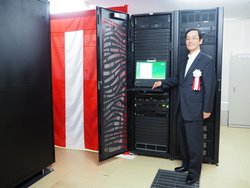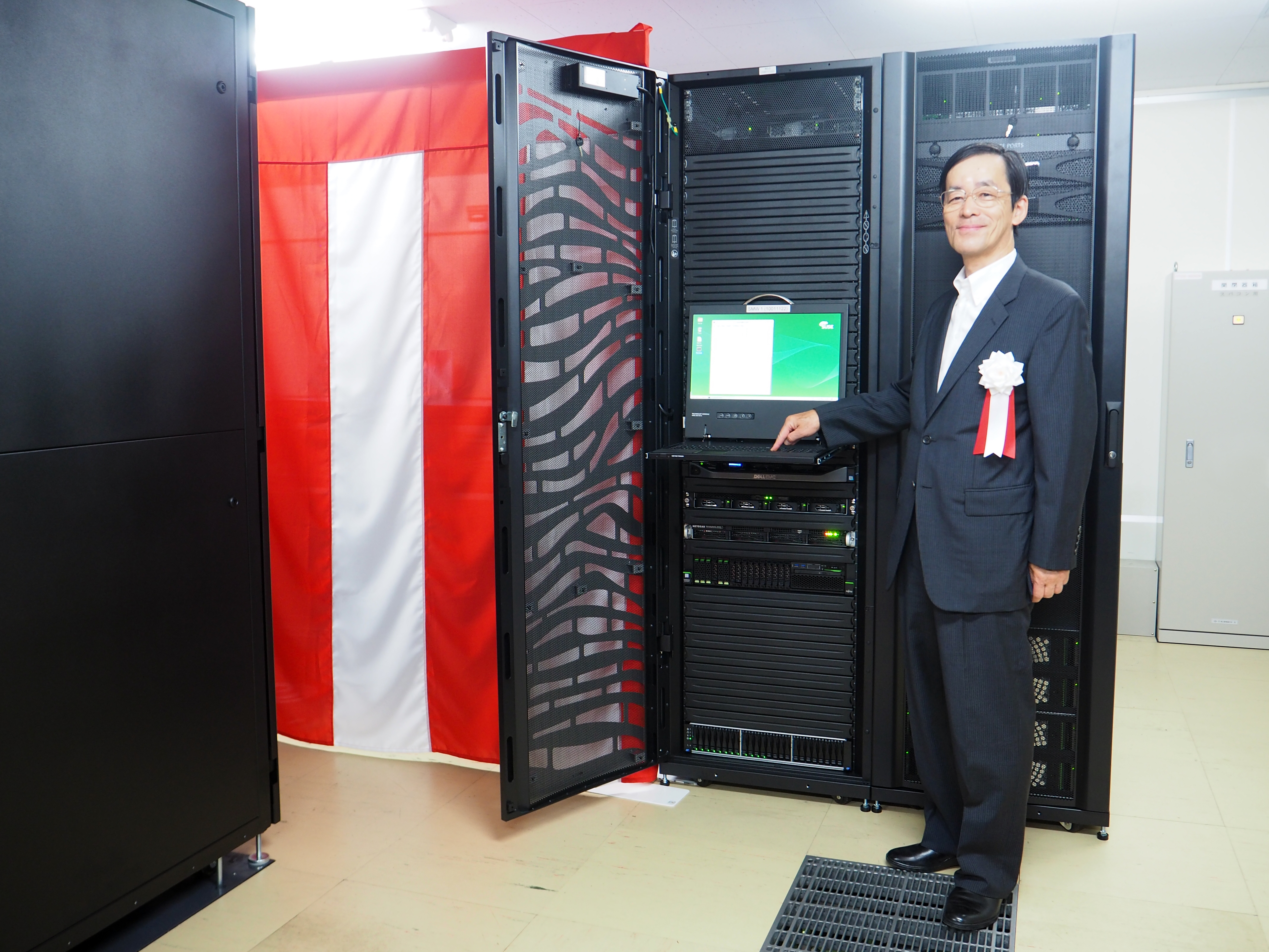
Sept. 20, 2018
By: Michael Feldman
Cray has announced two new XC50 supercomputers that were purchased by research organizations in Japan and South Korea.
 The first is a commercial system for the Railway Technical Research Institute (RTRI), the research and development arm for Japan Railways Group. It will be used perform railway research involving new technologies and materials. At 815 teraflops, it’s pretty much a middle-of-the-road system by today’s supercomputing standards, but powerful enough to do the types of computer simulations of interest to RTRI researchers.
The first is a commercial system for the Railway Technical Research Institute (RTRI), the research and development arm for Japan Railways Group. It will be used perform railway research involving new technologies and materials. At 815 teraflops, it’s pretty much a middle-of-the-road system by today’s supercomputing standards, but powerful enough to do the types of computer simulations of interest to RTRI researchers.
“With the Cray XC50, we have the high-performance computing power we need to drive, positive and significant research outcomes for RTRI,” said Dr. Norimichi Kumagai, president of RTRI. “In addition, we are applying our expertise to continue research in enhancing the safety and technology of railways throughout Japan. By fully utilizing this powerful system, we will be able to generate game-changing insights that will fuel one of the world’s most advanced railway systems.”
RTRI is not new to Cray supercomputing machinery. The XC50 is the third HPC system acquired by the institute, the first two being an XC30 and CS300. Both of those systems were installed in 2013, delivering an aggregate performance of 114.7 teraflops.
If you’re wondering why the Japanese railway industry needs a supercomputer, it’s because the country maintains one of the most advanced rail infrastructures in the world. Although European countries may be better known for their extensive railway transportation systems, Japan actually claims 45 of the 51 busiest train stations in the world. In 2015 alone, ridership exceeded 10 billion people.
The new RTRI supercomputer is comprised of five XC50 cabinets and is powered by 524 18-core Intel Xeon Gold processors running at 2.7 GHz. It was delivered in tandem with a 720TB Cray ClusterStor L300 storage system. The cost of the system was not revealed.
The second XC50 is a 1.45-petaflop supercomputer purchased by South Korea’s Institute for Basic Science (IBS) as part of a contract valued at $9 million. It will be tasked to support research in climate physics, with the goal of improving decadal earth system forecasts and long-term future climate projections.
“By building a high-end supercomputing infrastructure with our addition of the Cray supercomputer and storage, we will be able to maximize performance of past-to-future and high-resolution global climate model simulations while significantly reducing research duration and costs,” said Axel Timmermann, director of the IBS Center for Climate Physics (ICCP). “With Cray’s advanced system design and expertise in high-performance computing environments, our researchers are well-equipped to address some of the greatest challenges in oceanography, atmospheric science, glaciology and other areas.”
Besides climate research and earth science more generally, IBS also does basic research in physics, chemistry, mathematics, life sciences, and interdisciplinary science. The ICCP is the institute’s first earth science center within the IBS and does much of its climate work with the help of HPC simulations.
Like the system in Japan, the South Korean XC50 will be paired with a ClusterStor L300 storage system. It is scheduled to come into production in December 2018.
Image: Norimichi Kumagai with new XC50. Source: Railway Technical Research Institute.
